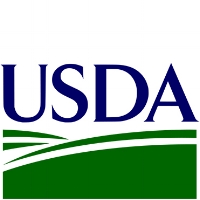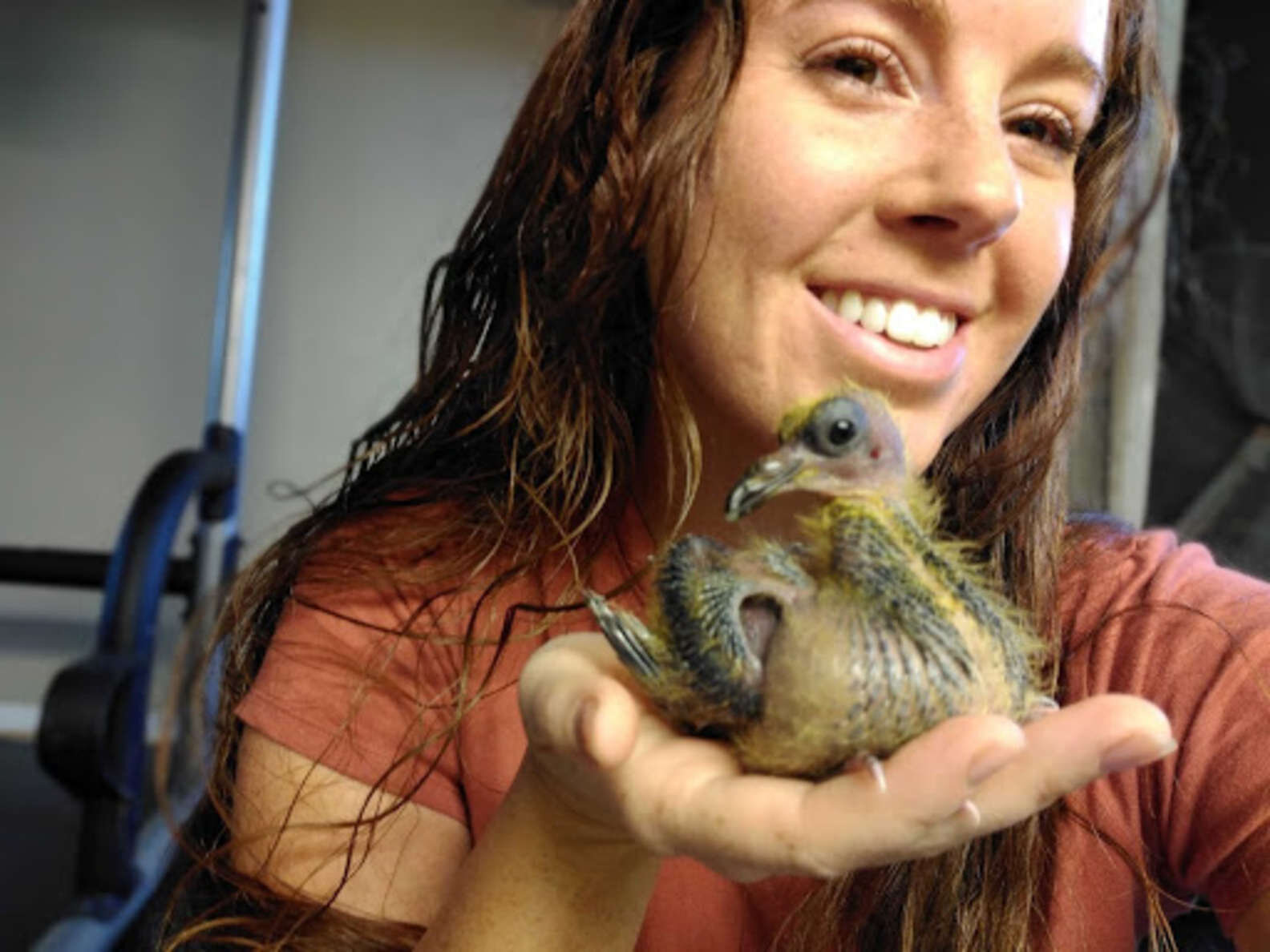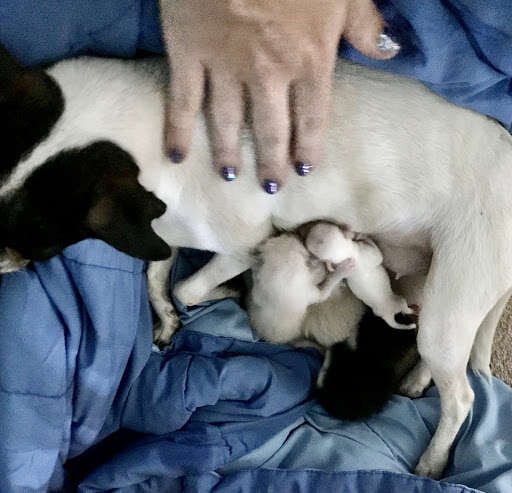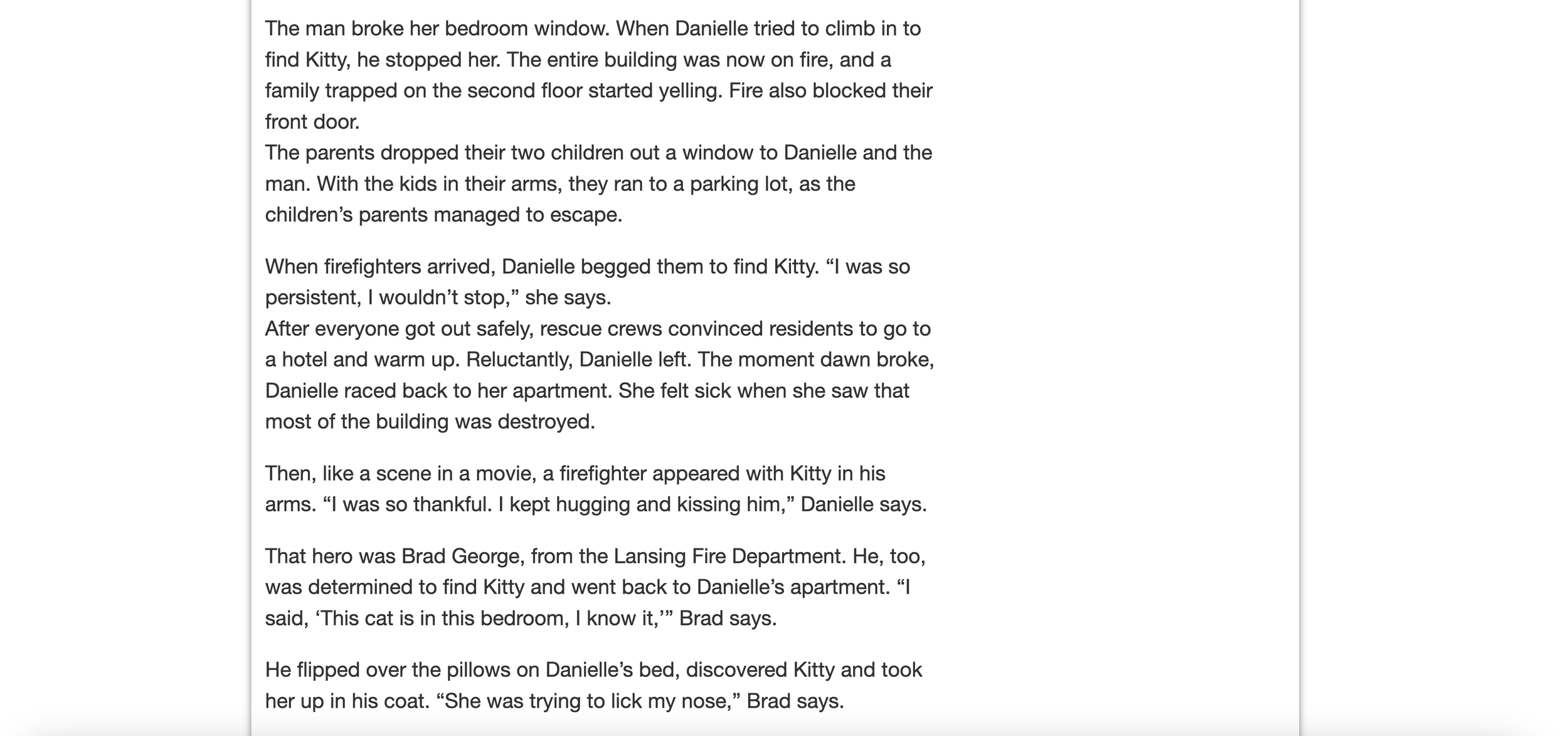Soon Murphy blossomed and amazingly developed a full vocabulary.
He’d say his name and, “Oh hi!”
Murphy was now so happy he made up a song about himself, it went something like, “The Merb, the Merb, the Merbie bird!”
He would ride on a small plastic toy train and make “choo choo choo” sounds like he was on a real engine.
We’d just leave his cage door open and he would come in and out as he wanted. He would fly around the kitchen and family room, sometimes landing on my dad’s knee as he read the paper. He would try to nibble on the paper and make noises to get his attention.
Sometimes he’d fly over, land on the kitchen table, look at what we were eating and say, “mmmmmm,” and we’d feed him.
In my opinion, his new talents were all sparked by love, care and continuously hearing, “come on.”
But the “come ons” Murphy heard were only the ones my mother said inside our home.
There were many he missed outside the house.
At my swim team meets she’d yell louder than anyone in the audience, “Come on, Mary, go!”
Every time I’d stick my head out of the water gasping for breath as I attempted to win a 100-yard breaststroke race, I’d hear her voice, “Come on … (gurgle, gurgle) M—y!”
Some days, if she picked me up and I was bummed about something she allowed no time spent on self-pity. “Oh, come on Mary, life isn’t always fair. Come on, let’s go shopping!”
On a cold winter day, after living a life span that far exceeded any budgie, Murphy passed away. I remember my mother waking me to tell me, and we both sobbed.
What an amazing spirit. If you didn’t see and hear everything he did, and all his performances with your own eyes, it was hard to believe a parakeet could pull it off.
He is still buried in the rose garden in my parent’s back yard.
And my mother’s “come ons” still continued. As I got older, they got more serious. If I was sad about some teenage crush she’d say, “Oh come on, get yourself up, put on some lipstick, and get back out there. Don’t ever let grass grow under your feet!”
One of her most monumental “come ons” was in college. I was a science major, and that math part of chemistry, yeah, it wasn’t working out so well.
As I tearfully dialed the phone to inform my mother I may be flunking out, her response was tough love, “Oh, come on. You better get your act together. Go over to the school of communications, see what classes they offer, you’ll be good at something there!”
Her “come on” that time changed my path in life and her “come ons” still continue today.
But it really wasn’t until recently that I began to really realize the significance of that phrase and that talented bird that came into my life when I was young.
My mother’s perseverance and determination inspired Murphy and me to be the best we could possibly be.






























